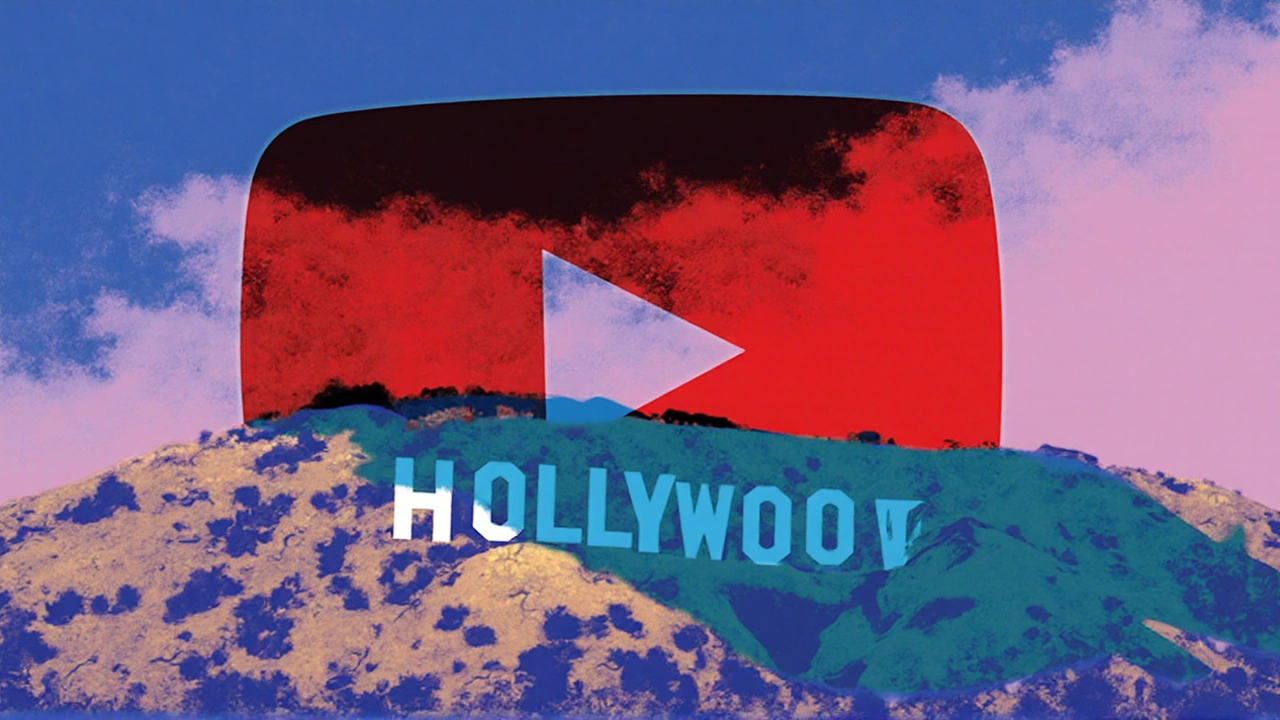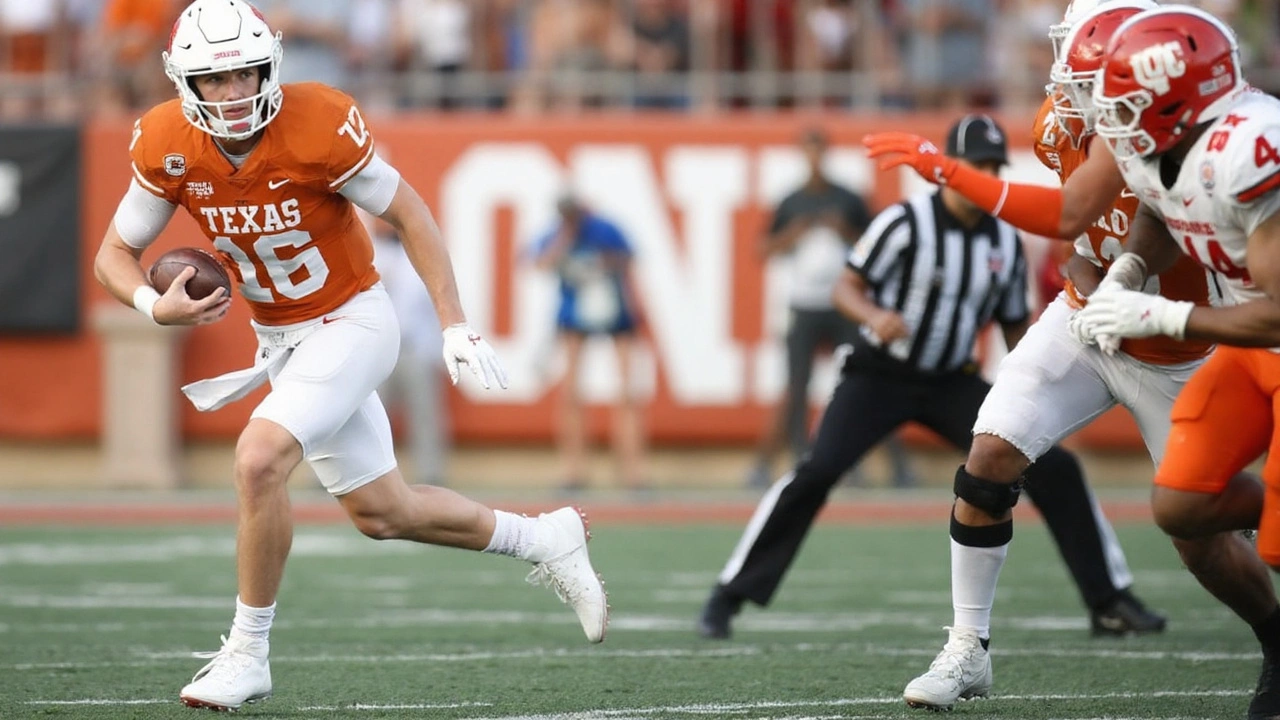Minutes from a blackout, football stays on
With just minutes left before a 5 p.m. ET deadline, YouTube TV and Fox Corporation agreed to a short-term extension that kept Fox channels live and spared millions of subscribers from a blackout right as the college football and NFL seasons were about to start. The standoff threatened a high-stakes week of programming: opening college matchups including Auburn–Baylor and Texas–Ohio State, three regional MLB games, and the NFL’s kickoff weekend on September 7. Fox News viewers also faced losing access to prime-time blocks and staples like Bret Baier’s nightly newscast.
The last-second extension paused an all-too-familiar showdown in TV land: a carriage fight over fees and terms between a distributor and a programmer, each betting the other would blink first with the season looming. YouTube framed the move as a temporary fix while it pushed for a fair deal for subscribers. Fox, for its part, blasted Google’s bargaining position and urged viewers to pressure YouTube by visiting a campaign site, keepfox.com. The brinkmanship worked only in one sense: customers didn’t wake up to missing channels on the eve of kickoff.
Less than a week later, the impasse ended for good. On August 28, 2025, the companies said they had finalized a comprehensive renewal that keeps the full Fox portfolio on the live-TV service. The agreement covers Fox News Channel, Fox Business Network, Fox Weather, Fox Sports, FS1, FS2, Fox Deportes, Big Ten Network, the Fox broadcast network, and all Fox local stations. Neither side disclosed financial terms.

Why it mattered—and what the new deal changes
Football season is the peak of the TV calendar for both networks and distributors. For Fox, Sunday NFL windows and marquee college games power ad revenue and justify rising affiliate fees. For YouTube TV, live sports are a core reason people pay for a bundle at all. A blackout in early September would have dented both sides: fans would have fled or fumed, YouTube TV risked cancellations, and Fox would have lost reach during its most valuable weeks.
The threatened outage stretched well beyond sports. Fox’s cable news and business channels command loyal daily audiences, and local Fox stations carry morning shows, local news, and syndicated hits that anchor the broadcast schedule. Losing those feeds—especially in markets where a digital antenna is not an easy option—would have created a messy patchwork of workarounds for viewers just trying to see their teams or nightly news.
So why do these cliffhangers keep happening? It comes down to money and leverage. Programmers like Fox invest heavily in sports rights and talent, then seek higher carriage fees to pay for them. Distributors try to hold the line to avoid raising consumer prices. When contracts expire, both sides flex. Programmers rally customers with on-air crawls and landing pages. Distributors threaten to drop channels or swap them for alternatives. The looming deadline—especially before a tentpole event—becomes the pressure point that forces a deal.
The regulator angle briefly surfaced, too. FCC Chairman Brendan Carr weighed in on social media as the clock ticked, pressing Google to make a deal. While the FCC has limited power over private carriage negotiations, public nudges can increase heat on both sides, especially when lawmakers start hearing from angry sports fans back home.
The newly announced renewal removes that uncertainty for the season ahead. In practical terms, subscribers retain uninterrupted access to Fox’s NFL Sunday package, college football on Fox and FS1, MLB coverage—including games that lead into October—and Big Ten programming via Big Ten Network. Spanish-language audiences keep Fox Deportes. News viewers keep Fox News and Fox Business. And critically, local Fox stations stay put, so Sunday afternoon NFL coverage and local newscasts continue as usual.
There’s a question subscribers always ask after a big renewal: Will my price go up? Neither company disclosed the financials, and streaming bundles typically avoid immediate price announcements tied to individual deals. But the broader trend is hard to miss: sports rights keep getting more expensive, and those costs ripple through to bundles over time. Whether YouTube TV changes its monthly rate later will depend on the total mix of deals across its lineup, advertising trends, and its own growth strategy.
For viewers, the episode is a reminder to plan for disruption even when a blackout is averted. If you rely on local NFL broadcasts, a simple over-the-air antenna can be a cheap backup for the Fox broadcast network in many cities. Sports fans who follow specific conferences or teams should check which networks carry their schedules and keep an eye on contract timelines. And if a blackout does happen, temporary sign-ups with alternative services that carry the missing network can be a short-term bridge—annoying, yes, but effective on game day.
Beyond this single dispute, the industry trend line is clear. Virtual cable bundles—so-called vMVPDs like YouTube TV—were supposed to simplify pay TV. They did, until rights costs and channel breadth crept back toward traditional cable levels. Blackouts have become a pressure tactic in both the old and new worlds of TV. Sports remain the linchpin: they drive subscriptions and advertiser demand, but they also make negotiations more volatile. When the calendar hits September, nobody wants to be the company that fumbled a deal and took football off the screen.
Fox’s portfolio is a textbook example of why these negotiations are complicated. Each channel brings a different audience and revenue mix. Fox News commands high engagement and steady ratings; FS1 and FS2 deliver live games and shoulder programming; Big Ten Network is essential in college towns; Fox local stations are the gateway to NFL Sundays and local news; Fox Deportes reaches bilingual sports fans. Bundling them together spreads the cost and smooths out viewership peaks and valleys. Untangling that bundle is easier said than done.
For YouTube TV, scale is the leverage. The service aggregates a national subscriber base that programmers want and advertisers covet. But scale cuts both ways: with more users, the cost of even small fee increases multiplies fast. That’s why these deals often go to the wire. Each side tries to preserve its long-term economics without handing the other a headline win that sets a precedent for the next negotiation.
The extension-then-renewal sequence here fits the pattern of modern carriage fights. First, a short-term pause to protect viewers during a peak event window. Then, the harder work of hammering out a multi-year framework that stabilizes the lineup. Fans care only about the last step—does the game come on when I press the remote?—but the business stakes in between shape what that remote will cost next year.
For now, subscribers can exhale. The Auburn–Baylor and Texas–Ohio State games went on as planned, MLB rolled into the stretch run, and NFL Sundays remain glued to their usual homes on Fox. The multi-network renewal announced on August 28, 2025, means those routines should hold through this football season and beyond. No one on either side disclosed the final terms, and they likely won’t. What matters for viewers is simple: the channels stayed, the season started, and the bundle you pay for still includes Fox.
